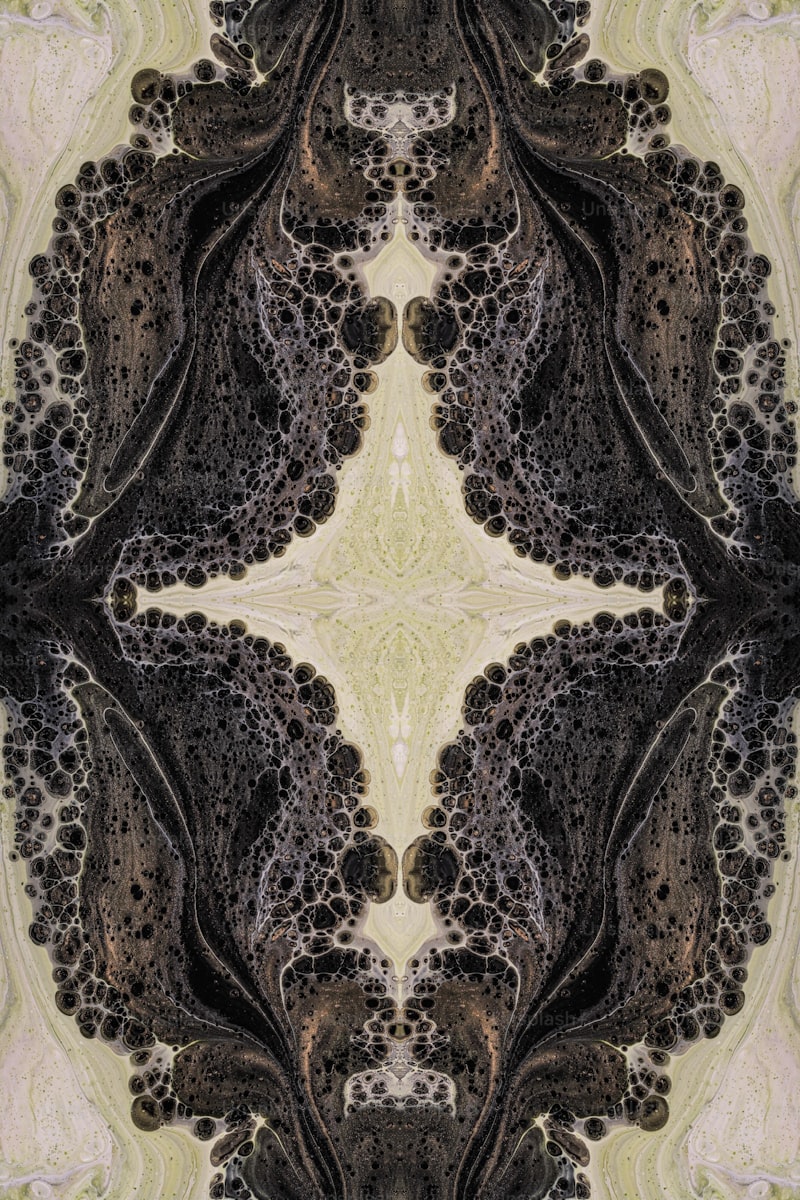Exploring the Allure of Gothic Lace Aesthetic: A Deep Dive into Fashion, Art, and Culture
Introduction to Gothic Lace Aesthetic
The Gothic Lace Aesthetic is a captivating blend of elegance and darkness that draws inspiration from historical styles, intricate lace patterns, and the romanticism of the Gothic era. This aesthetic is not only about fashion; it reflects a cultural movement that encompasses art, architecture, and even literature. In this article, we will explore how the Gothic Lace Aesthetic influences contemporary fashion, the art world, and lifestyle choices, while providing insights on how you can incorporate this distinctive style into your own life.
Understanding the Roots of Gothic Aesthetic
The Gothic period, spanning from the 12th to the 16th century, is characterized by its unique architectural designs, such as pointed arches and ribbed vaults. It also gave rise to a rich tapestry of art and literature that often focused on themes of death, love, and the supernatural. By combining these historical elements with contemporary fashion, the Gothic Lace Aesthetic has emerged as a modern expression of individuality and creativity.
Key Elements of Gothic Lace Aesthetic
To fully appreciate the Gothic Lace Aesthetic, it's crucial to understand the key elements that define it. Here are some of the most significant components:
| Element | Description |
| Lace Patterns | Intricate designs that add a delicate and ethereal quality to garments and accessories. |
| Dark Color Palette | Rich shades of black, deep reds, and royal purples dominate, creating a sense of mystery and drama. |
| Layering | Layered outfits that combine varying textures and lengths for a visually striking appearance. |
| Victorian Influence | Inspiration drawn from Victorian fashion, including corsets, high collars, and voluminous skirts. |
| Accessories | Statement pieces like chokers, lace gloves, and ornate jewelry that enhance the overall look. |
The Role of Gothic Lace in Fashion
Fashion designers and enthusiasts alike have embraced the Gothic Lace Aesthetic, leading to a resurgence in popularity. From high fashion runways to street style, elements of this aesthetic can be spotted in various forms. Renowned designers such as Alexander McQueen and John Galliano have produced collections that embody the intricate details and dramatic flair characteristic of Gothic fashion.
Modern Designers Influencing the Trend
Famous fashion houses are not the only contributors to this trend. Independent designers and brands focusing specifically on the Gothic Lace Aesthetic are flourishing. Many use sustainable materials and ethical practices, allowing consumers to embrace this aesthetic with a clear conscience. Popular brands include:
- Killstar: Known for its witchy vibe and dark romantic pieces.
- Black Milk Clothing: Offers a variety of gothic-inspired leggings and dresses.
- Disturbing London: Combines urban style with gothic elements.
Transforming Your Wardrobe
If you're looking to incorporate the Gothic Lace Aesthetic into your wardrobe, here are some suggestions:
- Invest in Statement Pieces: Look for elegantly crafted lace dresses or tops that can be paired with darker tones.
- Layer Wisely: Use various textures—such as leather, velvet, and lace—to create depth in your outfit.
- Accessorize: Choose accessories that reflect your personal style while sticking to the Gothic color palette.
- Mix and Match: Combine modern and vintage pieces to create a unique, personalized look.
The Influence of Gothic Art and Literature
The Gothic Lace Aesthetic is deeply rooted in the arts, influencing various generations of artists and authors. Notable authors such as Edgar Allan Poe and Mary Shelley encapsulated the essence of the Gothic movement in their writings, which often featured themes of horror, romance, and the supernatural.
Artistic Inspirations
In the realm of visual arts, Gothic aesthetics can be found in the works of prominent artists. The combination of dark themes and intricate details is evident in the works of:
- Gustave Doré: His illustrations often depicted gothic themes and settings.
- Edward Gorey: Known for his macabre and whimsical artistic style.

Creating a Gothic Lace Aesthetic Space
The Gothic Lace Aesthetic extends beyond fashion into home decor. Curating a space that reflects this aesthetic involves paying attention to color, texture, and detail. Here are a few ideas:
- Color Scheme: Utilize a palette of blacks, deep burgundies, and gold accents.
- Furnishings: Look for vintage or antique pieces that embody intricate design elements.
- Lace Decor: Incorporate lace curtains, table runners, or wall hangings that reflect the aesthetic.
Conclusion: Embracing the Gothic Lace Aesthetic
The Gothic Lace Aesthetic is more than just a mere fashion statement; it is a celebration of individuality and artistry. By incorporating the elements discussed above, you can create a style that resonates with your personality while paying homage to a rich historical backdrop. Whether through clothing, art, or interior design, this aesthetic offers endless possibilities for self-expression.
As you explore this fascinating aesthetic, remember to stay authentic to your style. Consider experimenting with different layers, textures, and accessories, and don’t hesitate to dive deep into the wealth of Gothic literature and art for inspiration. The Gothic Lace Aesthetic invites you to embrace your unique narrative, combining elegance with a touch of the macabre.
Final Thoughts
Incorporating the Gothic Lace Aesthetic into your life can be a rewarding experience, allowing you to explore your creativity and express your individuality. Whether it’s through fashion, art, or interior design, this aesthetic serves as a reminder that beauty can indeed be found in darkness. So, dare to embrace the lace, the dark colors, and the layers—it’s time to showcase your Gothic side.